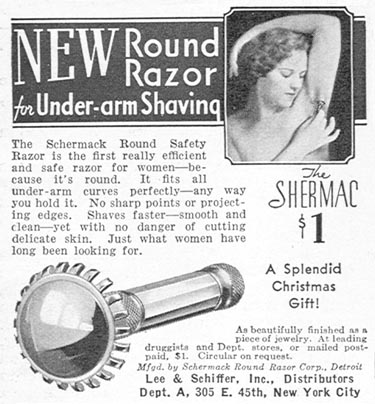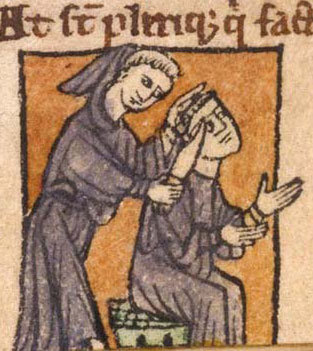From Shaving Made Easy, a book in the public domain I like to recommend to shavers new and old:
Of recent years a great number of safety razors have been invented and placed on the market, the manufacturers of each claiming that theirs are superior to all others and that they have at last produced a razor that is destined to revolutionize shaving.
One thing may be said of safety razors in general—that if a man uses one he is less likely to cut himself, but this is all that can reasonably be said in their favor. Of course, if it were impossible to shave with the ordinary razor without cutting one’s self, then the safety razor would become a necessity. The truth is, however, that anyone who has a good keen smooth-cutting razor, lathers the face thoroughly, and will learn—if he does not already know—how to handle the razor properly, will run almost no danger. Such a man will seldom cut himself.
On the other hand, most of the safety razors are difficult to keep clean and dry, and therefore free from rust; and owing to the difficulty of stropping them, it is almost, if not quite impossible to keep them sharp. It is also difficult to make the correct stroke with them. Probably a hundred thousand safety razors have been sold in the United States within the past few years and it is extremely doubtful if ten per cent. of them are now in use.
This may be considered a case of “famous last words”; the Gillette Safety Razor was patented in 1903, and must have been starting to hit the shops as Shaving Made Easy was printed… and the rest, as they say, is history.
Like this:
Like Loading...




